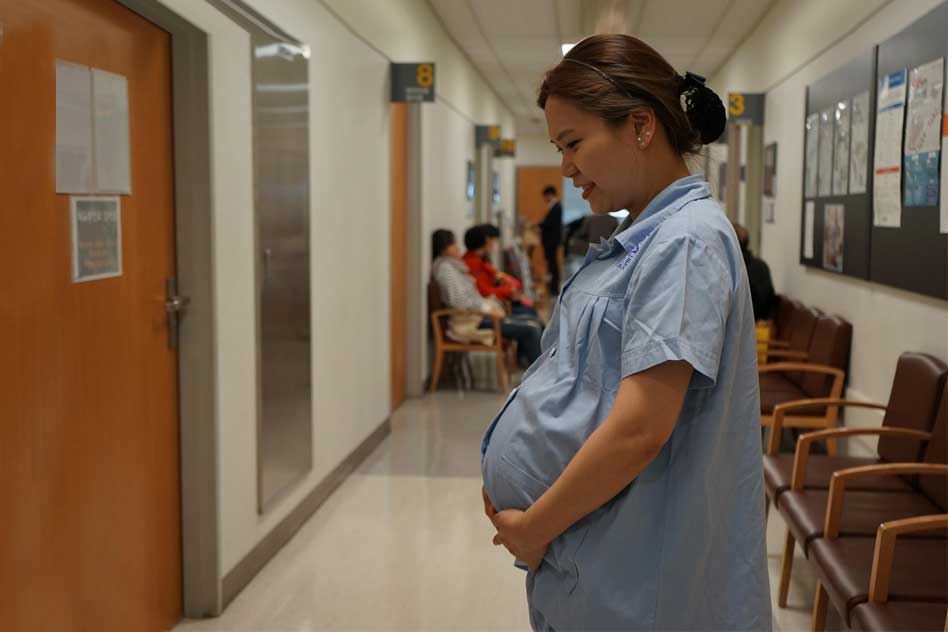
From Sex Ratio Worse Than India's To One Equal To Canada's: South Korea's Journey
13 Jan 2017 1:53 PM GMT
Until 1991, South Korea, like nearly all developing countries in the world, had a contentious sex ratio. With a male to female ratio of 116 to 100, South Korea was staring at a gender crisis which was already upending societal balance in the small, Asian country.
As is the case in many societies, South Korean society disproportionately preferred sons over daughters. Girls were considered a liability due to many factors like financial burdens, patriarchy, inability to support the family in old age and continue the family line.
However, beginning 1991, South Korea’s sex ratio began to improve gradually. By 2013, the sex ratio of South Korea was around 105 to 100 – comparable to developed countries like Canada.
An extensive study by the World Bank concluded that the following factors were responsible for this increase in the sex ratio.
Education: The data indicates that higher levels of women’s education are associated with lower preference to have only a male child and that the odds of strong son preference decline more sharply with increasing education.
Urbanisation: Industrialisation and urbanisation break the stranglehold of the lineage and family on the individual through many channels.
Change in State policies: To use women most effectively for national development, women were hired in the labour force but expected to leave work when they married, and return to part-time work once their households needed them less. They have contributed heavily to the labour force in low-paid jobs in factories and offices. More recently, there has been a trend of greater employment of women 4 in professional positions, and towards women remaining in the labour market after marriage. The state established Women’s organisations as part of national development drives.
Rural/urban residence: Living in urban areas is significantly associated with lower son preference, and the effect is even sharper for metropolises than for small cities.
Parental pressure: If the husband is his parents’ only son ⎯ and therefore the only source of a continued line of male descendants ⎯ there is a significantly higher likelihood of the woman reporting that she “must have a son.”
Marriage: The data on whether the parents decided on the wedding indicate that women with arranged marriages were more likely to show traditional values of son preference.
Secular trend: From the model with the pooled sample of women in the 1991 and 2003 surveys, a strikingly large and significant secular trend between 1991 and 2003 was found. Controlling for all the above independent variables, the odds ratio of stating “must have a son” was only 0.34 in 2003 as compared with 1991.
The report was published in 2007, and the data is more than a decade old. While we expect that the numbers are much different now and that the sex ratio has improved, we see a similar shift in thought process and almost same factors in play in India too. We can only hope that in time we see an increase in the sex ratio in our country too.
 All section
All section













